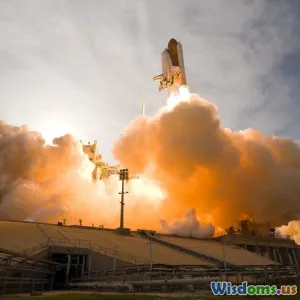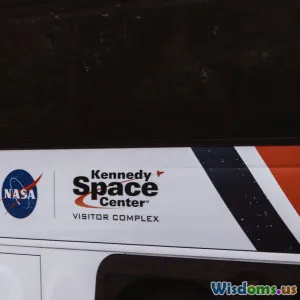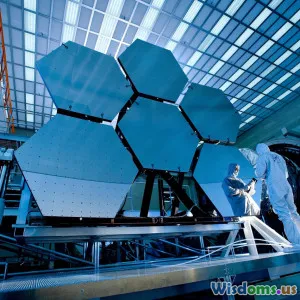
Space Habitats Versus Earth Living Key Challenges Compared
20 min read Explore key differences and challenges of living in space habitats compared to life on Earth. (0 Reviews)
Space Habitats Versus Earth Living: Key Challenges Compared
Stepping beyond the comforting blue sphere of Earth has long captured human imagination—spurred by visions of orbital stations, Martian colonies, and city-sized habitats circling distant worlds. But making space livable is no small undertaking. While science fiction often glosses over the nitty-gritty, the reality involves countless practical difficulties that make life on Earth appear blissfully simple by comparison. By dissecting the core challenges of space habitats versus those faced on our home planet, we can appreciate both the formidable obstacles and the innovations they inspire.
Oxygen and Atmosphere Control
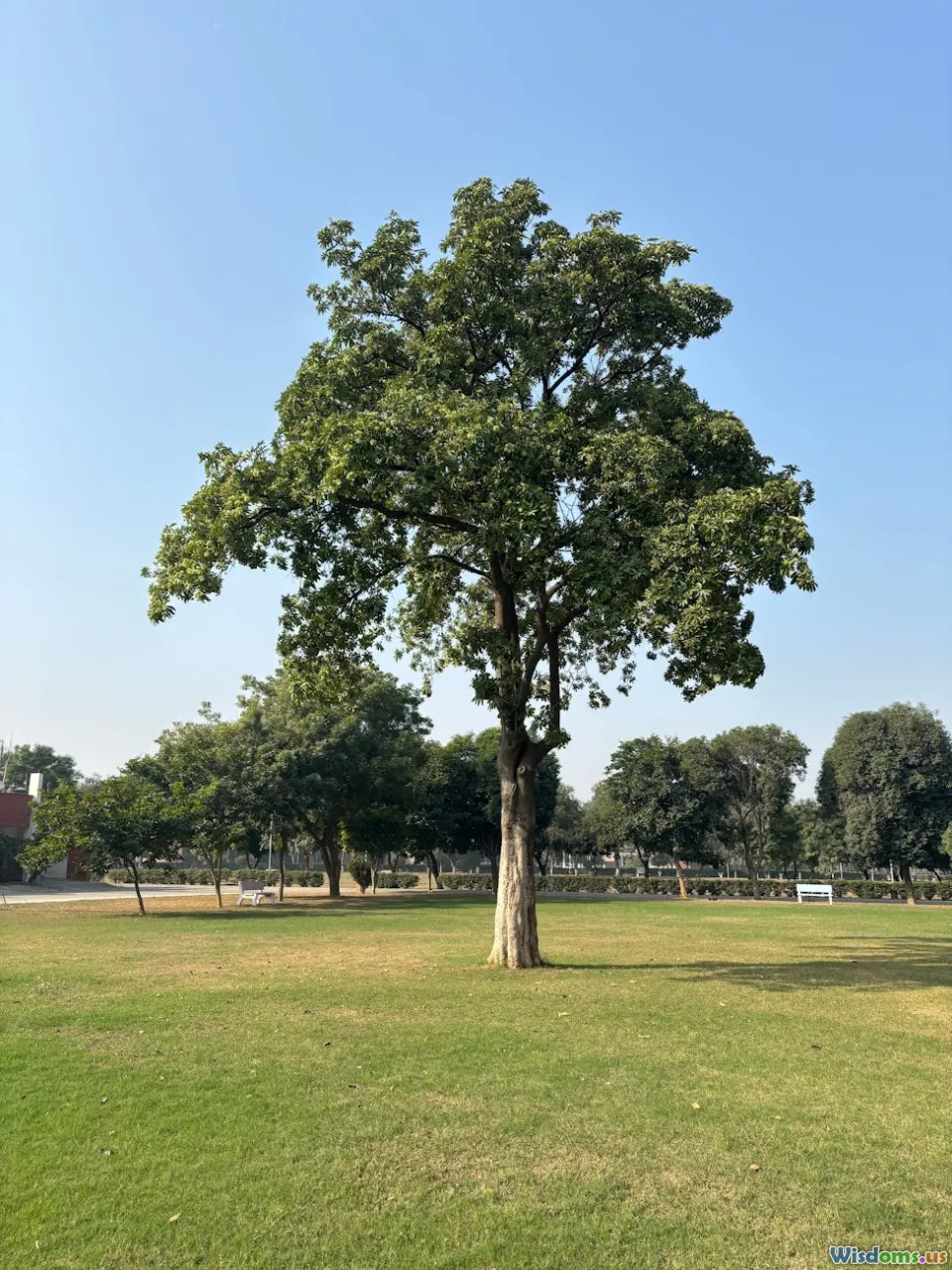
Breathe in deeply—on Earth, it's something we do without a second thought. Our life-giving atmosphere, a delicate mix of nitrogen, oxygen, and traces of other gases, is naturally replenished by ecosystems and geological cycles. In space habitats, achieving even a fraction of this comfort demands relentless engineering.
Life-Support Systems: Artificial Yet Essential
Every space habitat must create and continuously maintain a breathable atmosphere. This means meticulously managing:
- Oxygen generation: Technologies such as the Oxygen Generation Assembly (OGA) on the International Space Station (ISS) split water through electrolysis to release oxygen. Mars missions contemplate bringing solid oxide electrolysis equipment to pull oxygen from the atmosphere or soil.
- CO2 control: High CO2 levels pose suffocation risks and cognitive impairment. Scrubbers use chemical sorbents or regenerative systems to capture and recycle carbon dioxide.
- Pressure regulation: Habitat hulls must withstand vacuum without leaks. Unlike Earth's atmosphere pressing down naturally, space habitats risk dangerous decompression with even small failures—a problem infamously highlighted in the 1971 Soyuz 11 tragedy.
Earth’s Perpetual Benefits
On Earth, plants and trees clean the air as part of the carbon cycle, oceans regulate gases, and the thick atmosphere shields us from radiation and micrometeoroids. In contrast, space habitats require constant vigilance and active repairs. Even a minor systems glitch could make the entire habitat inhabitable within minutes.
Water Acquisition and Recycling
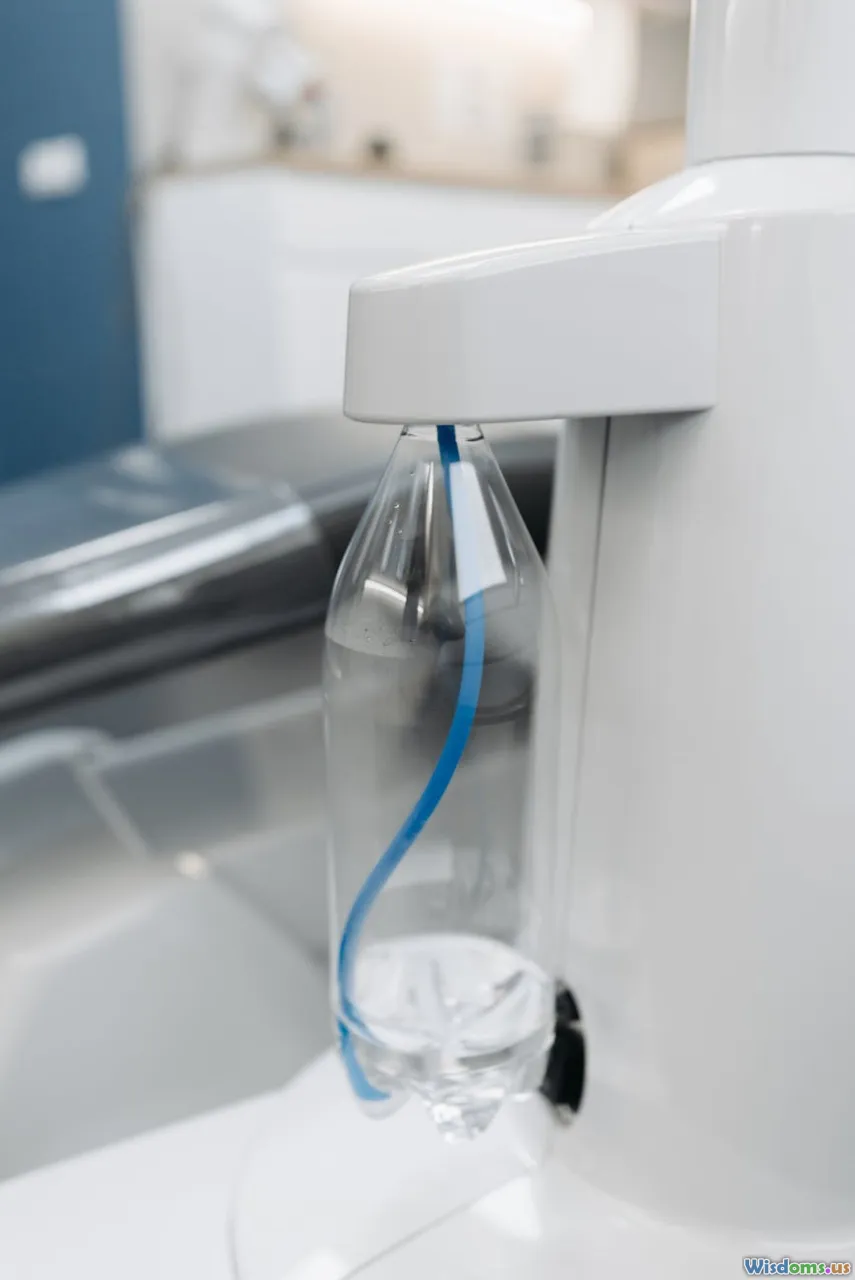
Safe, abundant water supports all life and is pivotal both on Earth and off-world. At home, we open taps; in space habitats, every drop is precious.
Closed-Loop Living: Every Molecule Counts
On the ISS, Astronauts utilize the Water Recovery System, which reclaims about 93% of used water. This means sweat, urine, and even exhaled water vapor run through advanced filtration, chemical purification, and distillation units to become drinking water again. NASA jokes, "Today's coffee is tomorrow's coffee."
On a Martian settlement, reliance on initial supply shipments from Earth is impractical long-term. Proposed solutions include extracting water from:
- Martian regolith (using heat or chemical processes)
- Polar ice caps
- In-situ resource utilization (ISRU) technologies for drilling and purification
Contrast with Earth
Earth's water cycle—evaporation, condensation, precipitation—is automatic, spanning vast oceans, rivers, and aquifers. However, over-extraction, pollution, and climate change threaten this natural abundance. Yet, to date, Earth's inhabitants have not required the level of water recycling precision necessary in space, although advances in wastewater treatment are narrowing the gap.
Gravity and Its Biological Impacts
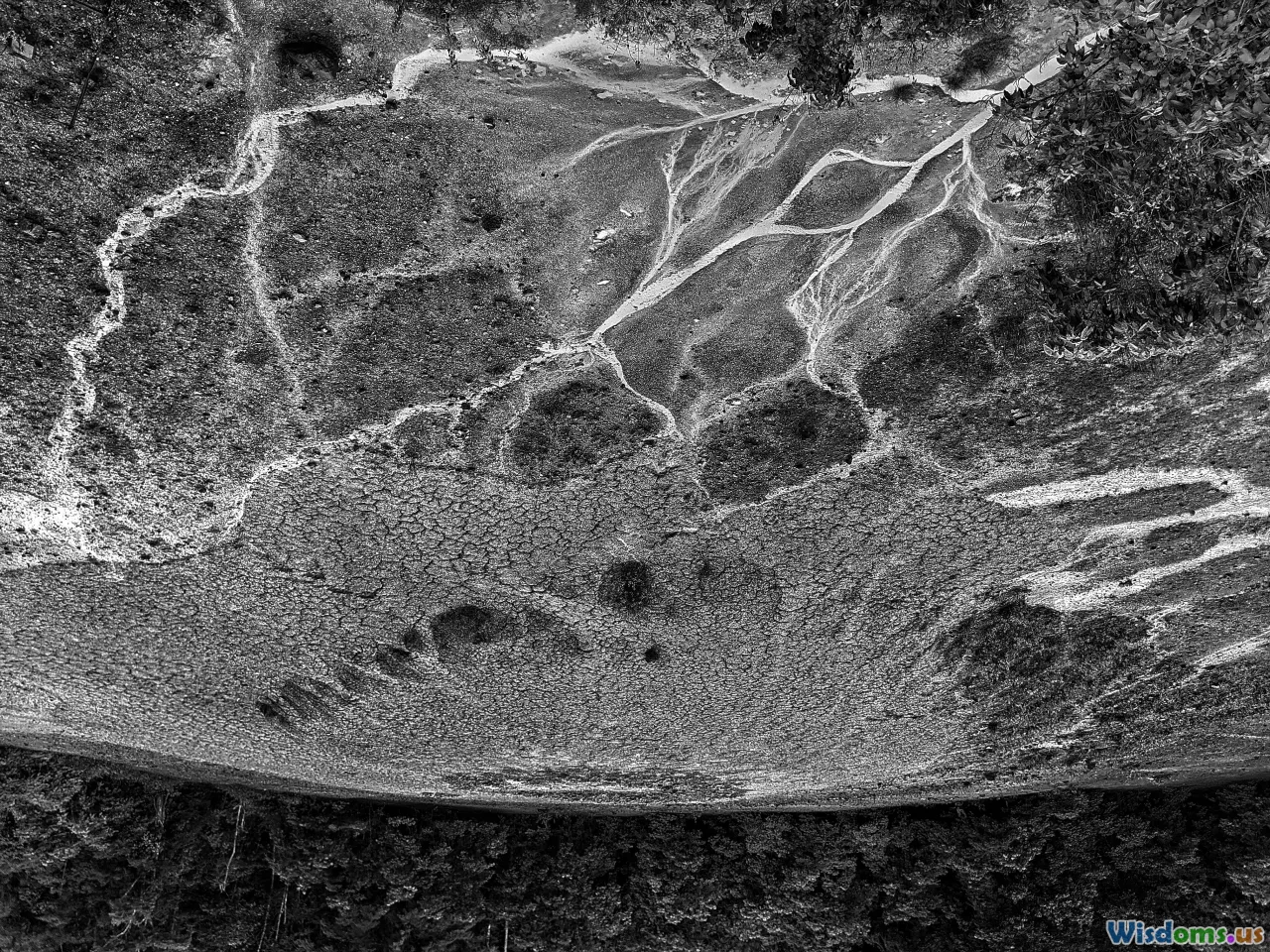
The sensation of being rooted to the ground is fundamentally Earthly—a byproduct of our planet's mass. Gravity not only lets us walk but also enables proper blood flow, bone maintenance, and even the formation of rain. In space habitats, gravity—or its absence—turns bodies into living experiments.
Microgravity: Surprising Consequences
On the ISS and similar stations, the microgravity environment induces a suite of health problems, including:
- Bone Density Loss: Astronauts can lose 1-2% of bone mass per month spent in microgravity, leading to potential brittleness upon return to Earth.
- Muscle Atrophy: Without resistance, muscles shrink. Vigorous daily exercise helps, but doesn't eliminate long-term attrition.
- Fluid Shifts: The absence of gravity causes bodily fluids to migrate toward the head, leading to "moon-faces" and sometimes impaired vision.
Long-term colonists might need artificial gravity—achievable (in theory) by spinning habitats like the fictional Stanford Torus or O'Neill cylinders, leveraging centrifugal force. But building and maintaining such mega-structures presents staggering engineering hurdles.
Gravity’s Unseen Role on Earth
Earth’s gravity shapes everything from cell division to plant growth. While seldom noticed, its stability defines terrestrial life’s baseline health. People who remain bedridden, simulating some effects of weightlessness, quickly experience muscle and bone deterioration—an apt warning of microgravity's effects.
Radiation Exposure: Cosmic and Solar Threats
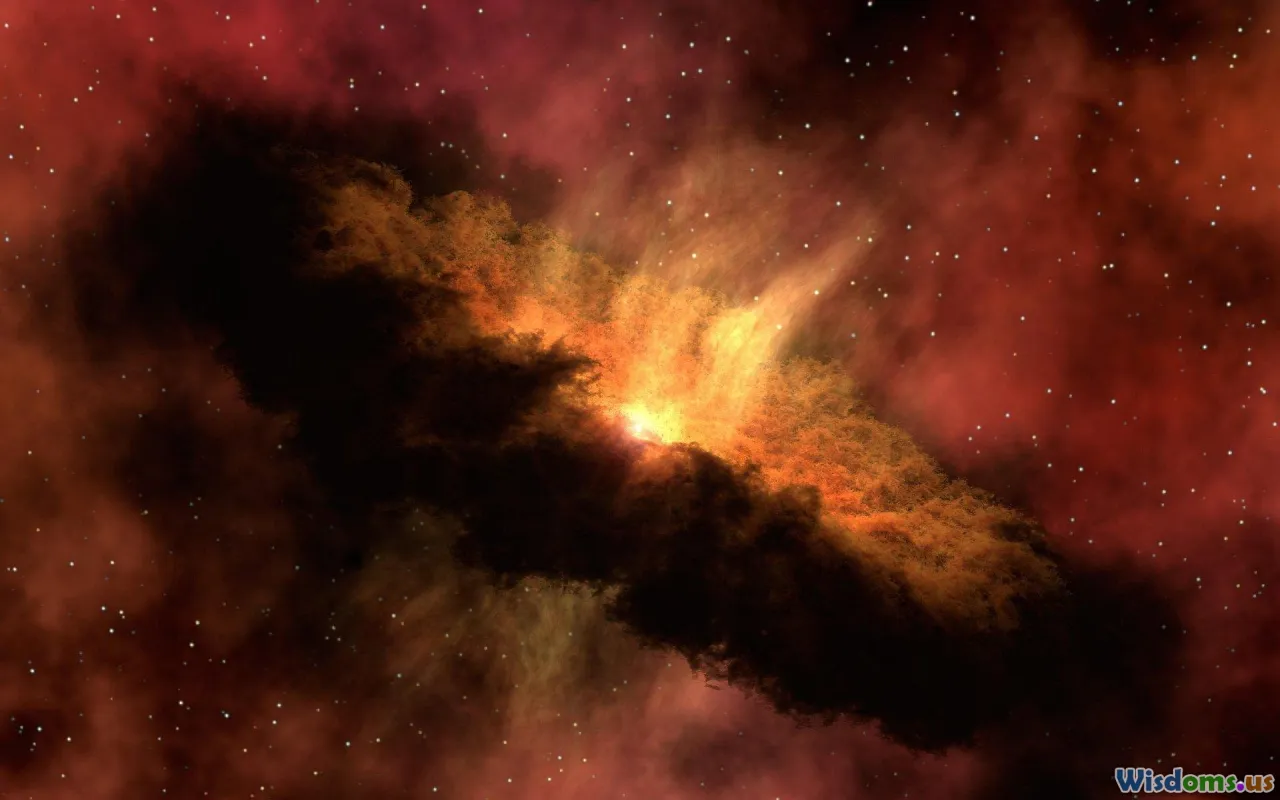
While Earth's magnetic field and thick atmosphere shield us from most of the Sun’s harmful rays and cosmic particles, space delivers them in full force. In low Earth orbit, astronauts already receive doses many times higher than we do on the ground. Beyond Earth—on the Moon, Mars, or in deep space—the threat multiplies.
The Two Main Threats
- Cosmic Rays: High-energy particles, mostly protons but including heavier ions, come from outside the Solar System. They can damage DNA, raising cancer risk and causing degenerative tissue damage.
- Solar Particle Events (SPEs): Sudden flares from the Sun send torrents of energetic particles, capable of delivering dangerous radiation doses in minutes to hours.
Shielding: Weight versus Protection
ISS shielding includes layers of aluminum, Kevlar, and Polyethylene. On Mars, one vision involves building habitats under meters of regolith or ice to absorb radiation. Water tanks or plastics perform well, but everything adds massive weight and complexity to launches. Designs like the Mars Society’s Mars Ice Home double up insulating ice as cosmic protection and a water source.
By comparison, most Earthlings are blissfully unaware of these hazards—excepting rare scenarios like airline flights near the poles during solar storms or nuclear accidents.
Energy Generation and Sustainability

Electricity on Earth depends on vast networks—fossil fuels, nuclear, hydropower, solar, and more. Space habitats, isolated by necessity, must be power self-sufficient.
Existing Methods and Future Innovations
- Solar Power: The ISS features huge solar arrays, which track the Sun and recharge station batteries during frequent eclipses. On the Moon, extended nights and dust storms challenge reliance on solar, necessitating energy storage or supplementary sources.
- Nuclear Power: Compact reactors (like the Russian-built TOPAZ or NASA’s Kilopower) promise longevity and reliability, especially for shadowed lunar regions or lengthy Martian winters. However, they raise concerns of launch safety, waste disposal, and political risk.
- Chemical Power: Backup cells or generators using supplied fuels serve as redundancy, though impractical for large-scale, long-term use.
Sustainability Contrasts
On Earth, energy is often wasted due to inefficiency or overuse. In space, every watt counts. Excess heat must be radiated, leading to bizarrely styled radiators "wings" on stations and proposals to site habitats in locations optimizing sunlight while minimizing storage requirements.
Food Production and Supply

Food is both sustenance and morale booster. On Earth, farming is as old as civilization, grounded in soil, sun, and seasonal change. Off-world, food production must compensate for the absence of these familiar elements.
Current and Experimental Solutions
- Prepackaged Foods: Current missions rely on processed, packaged meals designed to last months or years. However, nutrients degrade over time, and menu fatigue is real—Astronauts frequently request condiments for flavor diversity.
- Hydroponics and Aeroponics: Space-grown salads are no longer a fantasy. Astronauts on the ISS have sampled radishes, lettuce, and even zinnias—a precursor to more ambitious crops. Systems recirculate water and optimize LED light spectra for efficient, controlled results.
- Future Concepts: On Mars, carefully designed greenhouses could use local regolith (after processing to remove toxins), hydroponics fed from recycled waste, and even photosynthetic algae.
Agricultural Simplicity and Complexity
Here on Earth, agriculture (while environmentally challenging) unfolds at vast scale. Soil depletion, water overuse, and land loss aside, we rarely contemplate running out of fertile ground simply because it doesn't exist. In space, every calorie comes at extreme cost—each system failure equates to actual hunger. The need for closed-loop systems—where waste becomes tomorrow’s harvest—drives innovation but also breeds risk.
Psychological and Social Factors

Humans are social creatures. Cut off from all but a handful of companions, facing monotonous routines and perpetual reminders of vulnerability, even the strongest minds can fray.
Coping with Confinement
NASA and Roscosmos invest heavily in crew compatibility. Pre-mission training includes team-building exercises, psychological screening, and scenario simulation. On long-duration expeditions, challenges include:
- Isolation and Homesickness: No true privacy, and no escape from crewmates.
- Communications Delay: On Mars, even phone calls with Earth come with 4-24 minute delays.
- Routine Stress: Without familiar recreations, minor annoyances can become major stressors.
Notable historic incidents abound, from friction between American and Soviet crews on early joint missions, to reported breakdowns aboard Mir. Countermeasures include routine video calls, leisure activities, virtual reality, and onboard counseling resources.
Earth’s Rich Social Fabric
Earth-bound problems, though complex—urban loneliness, family separation—are almost trivial compared to being millions of kilometers from home. People can spontaneously build new relationships, find cultural familiarities, and change environment with relative ease.
Waste Management and Resource Efficiency
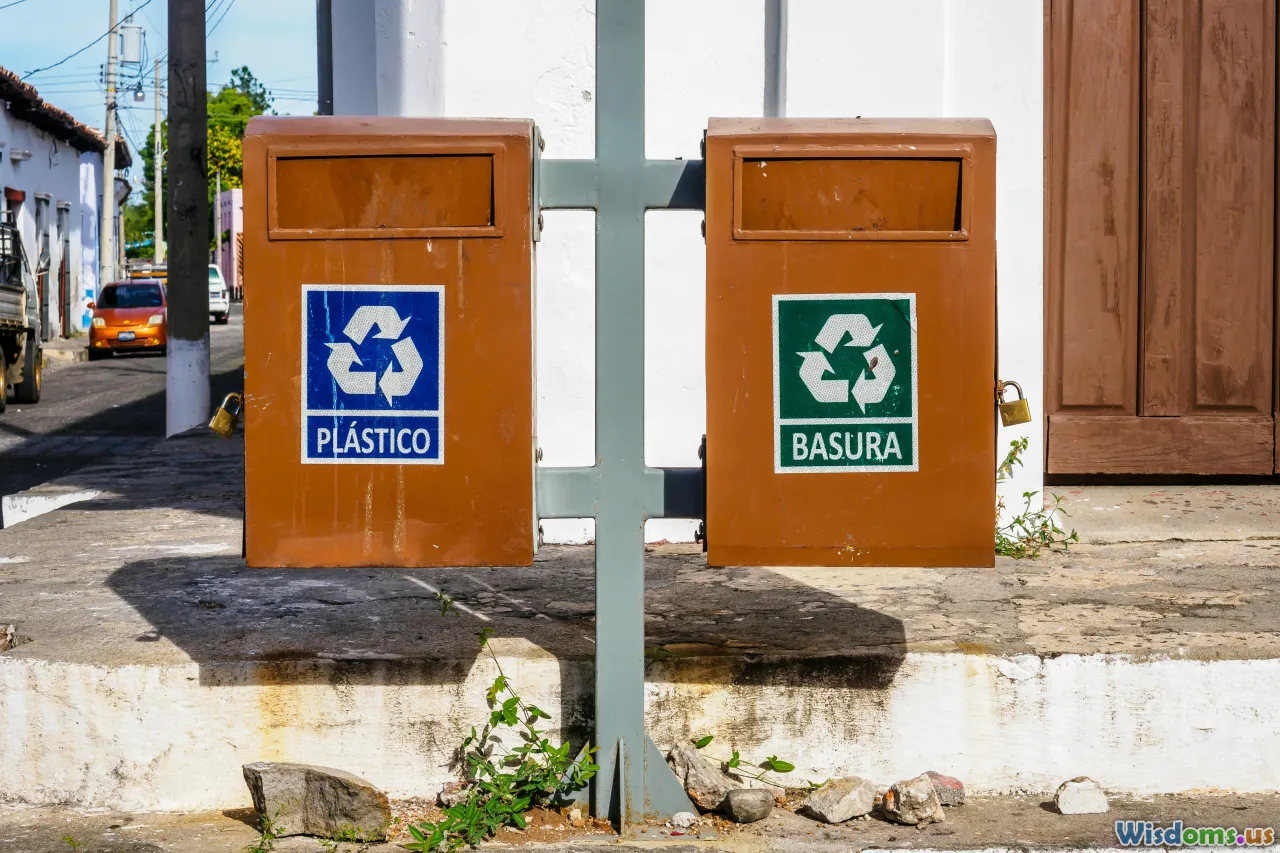
With no garbage trucks or landfills available, space habitats must treat waste as a resource. The emphasis shifts to minimizing generation, maximizing reuse, and ensuring harmful byproducts don't compromise health.
In-Space Innovations
- Human Waste Reuse: Newer systems convert urine to drinking water. Research is ongoing into how solid waste can become fertilizer, methane, or synthetic building materials.
- Packaging and Equipment: Minimalist design reduces leftovers. On the ISS, some trash returns to Earth on vehicles; the rest burns up on reentry.
- Air and Water Filtration: Advanced filters trap micro-pollutants—anything missed can jeopardize crew safety.
Terrestrial Comparisons
While the average developed-world household generates over 4 lbs (about 2 kg) of trash daily, it is widely carted away to recycling centers or landfills. On Earth, out-of-sight, out-of-mind disposal proves an expensive luxury. The necessity for closed-loop efficiency in space could lead to better Earth-based circular economies—if we heed the example.
Construction, Maintenance, and Repair

While a leaking faucet at home is a mere annoyance, equipment malfunction in orbit or on Mars is potentially fatal. Space construction and upkeep require foresight, redundancy, and superlative design.
Assembling Habitats: Tolerances and Technologies
- Robustness: Structures must withstand micro-meteoroid impacts, extreme temperature swings, and continual radiation.
- On-Orbit Assembly: Crews build living quarters block by block, often donned in restrictive pressure suits. Sophisticated robotics assist, but human adaptability remains vital, as per repairs carried out by ISS astronauts or those fixing the Hubble Space Telescope.
- In-Situ Resource Utilization (ISRU): The ability to make building materials onsite—like printing bricks from lunar dust or Martian soil—dramatically improves prospects.
DIY on Earth
Earth offers easy access to supplies from hardware stores. Even in remote settings, support networks make repair feasible. In other words, break a lightbulb on Earth? Buy a new one. In space? Prepare a multi-step sanctioned protocol.
Environmental Stability and Disaster Recovery
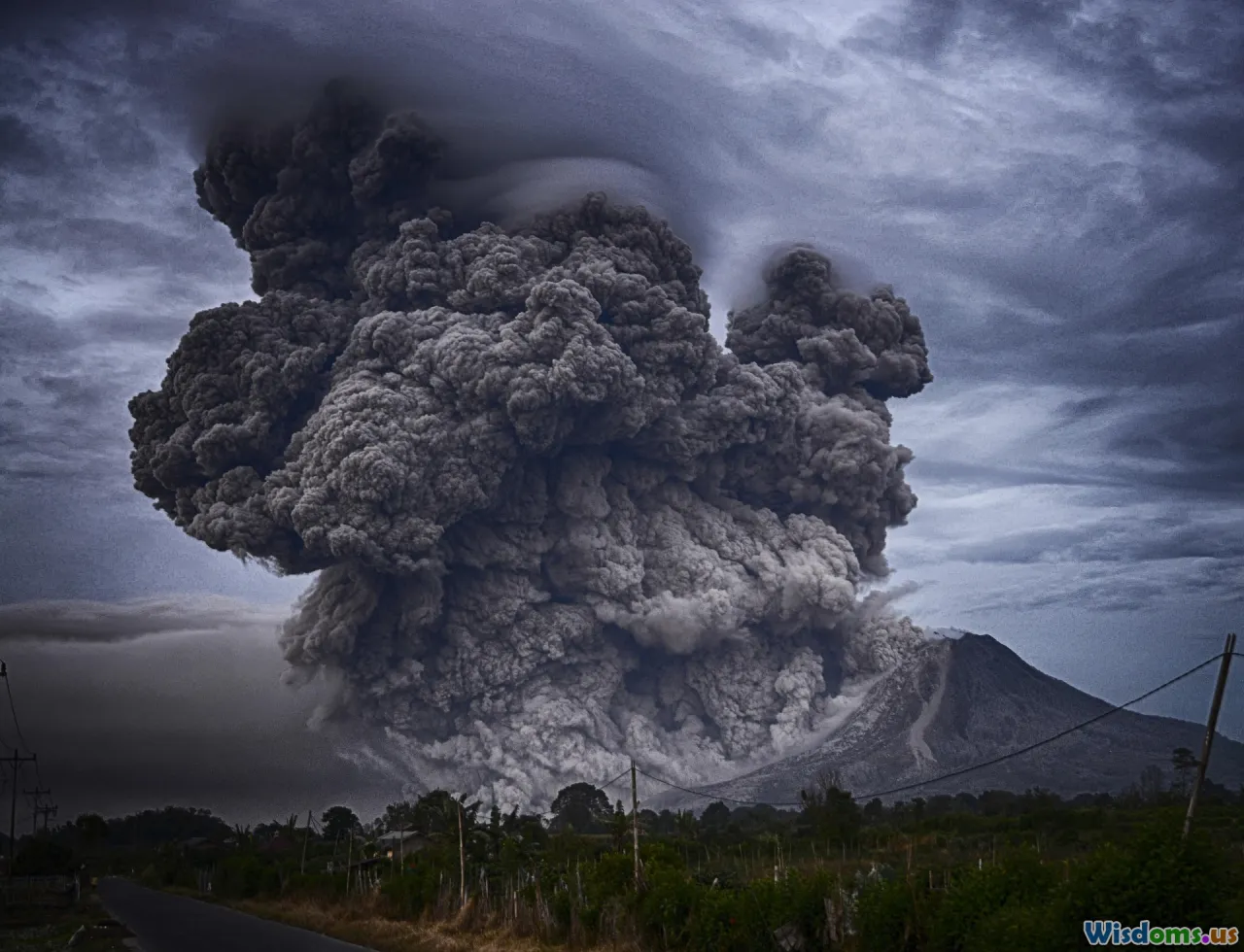
Our planet juggles natural disasters—hurricanes, earthquakes, volcanic eruptions—but the sheer scale and self-healing nature of the biosphere dampen most local impacts. In space, there’s no buffer: every aspect of stability is actively maintained.
What Could Go Wrong?
- Pressure Loss from micrometeoroid strikes can mean immediate evacuation—or worse. The Soyuz 13 air leak (2018) proved small punctures protrude massive risk.
- Fire: Unlike open-air fires on Earth, fire behaves erratically in microgravity, spreading spherical and choking air supply. Spacecraft have drills and fire-resistant materials, but mitigation is critical.
- System Failures: A broken filter, heater, or power bank quickly cascades. Redundant backups and robust safety protocols remain essential, but profiles like Apollo 13 underscore unpredictable jeopardy.
Earth’s Self-Healing Systems
Even following major disasters, Earth retains recovery mechanisms—forests regrow, rivers filter, and humans have significant time and warning before ecological collapse happens at a global scale.
The Psychological Weight of Risk and Wonder

Life in a space habitat is a continuous exercise in risk assessment, resilience, and awe. Crews report a heightened sense of purpose and camaraderie, along with “The Overview Effect”—a cognitive shift where viewing Earth from above inspires both concern for its fragility and a profound sense of unity.
Embracing the Unknown
For all of space habitats’ challenges—technical, biological, psychological—potential benefits abound:
- Spur technological innovations in recycling, health, and closed-loop farming
- Offer lessons in sustainability transferrable to Earth
- Expand human presence, safety, and perspective
Meanwhile, the comforts and self-renewing systems of Earth provide a forgiving home. But striving for the stars compels us to raise our standards, innovate, and perhaps one day make multiple worlds habitable—a true testament to human adaptability. Inevitably, overcoming the hurdles of living beyond Earth deepens our appreciation for the intricate, unsung miracles that run our daily terrestrial lives.
Rate the Post
User Reviews
Popular Posts
















